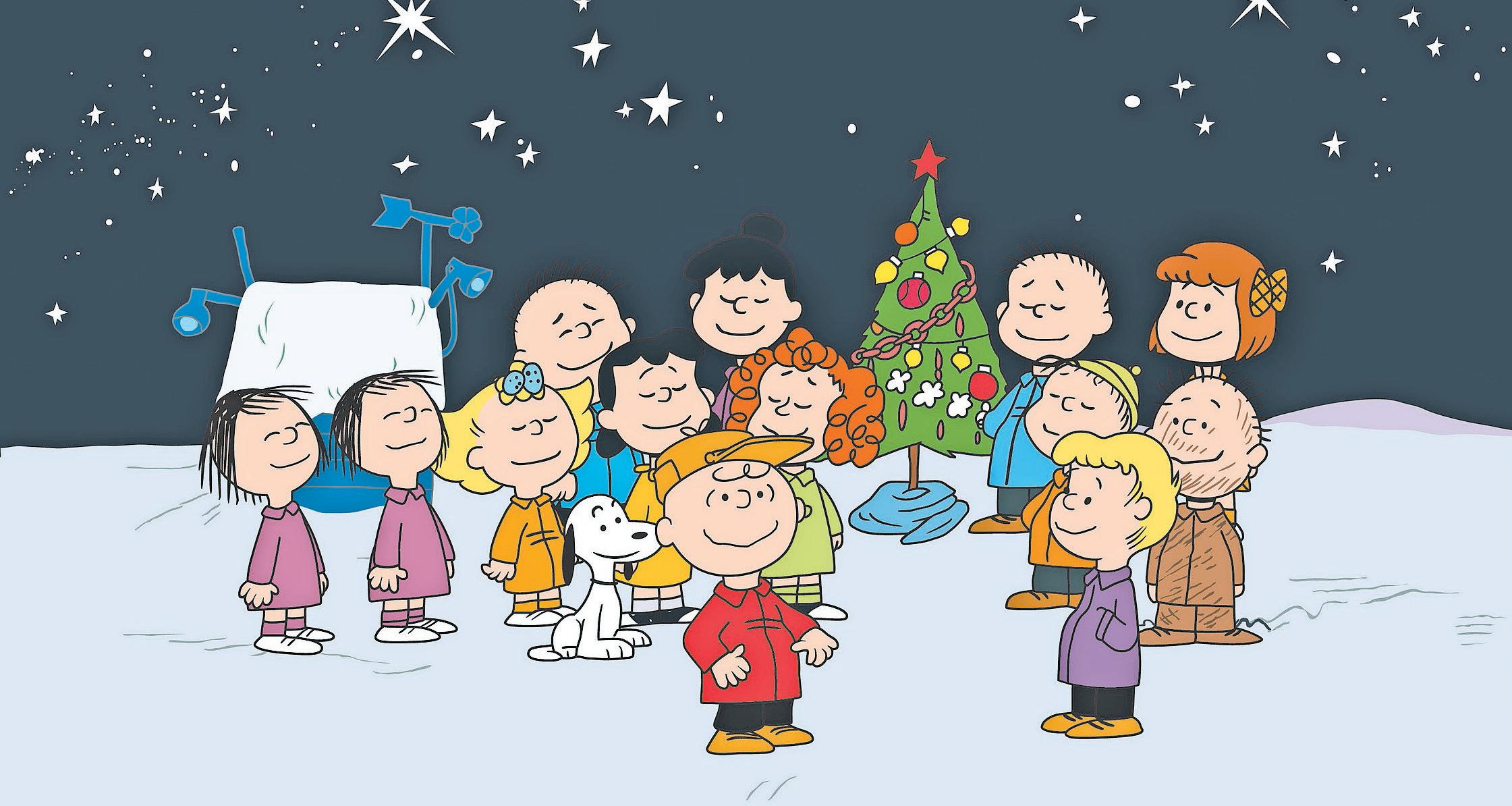
7 minute read
A new perspective for the future
opinion
Eduardo Burgos-Suazo
Advertisement
COO of ABEXUS Analytics and Professor at UPRCA
A fresh perspective for the future
As a student of social constructs, social dynamics, and one’s relation with who we are as a species, it is astonishing to detect the abundance of complexity in our highspeed, underrated day-to-day activities. As the current year draws to a close, one tends to take the time to observe and reflect over the near past, as well as develop expectations for the forthcoming future.
In a year in which the United States reached a 40-year historic inflation, was plagued by quick interest rate hikes, with the cryptocurrency industry on the brink of collapse, climate change, questioning social media as a tool of free speech and democracy, a war in Ukraine, the fear of a new war, Hurricane Fiona, the markets’ wild ride, expectations of a possible recession, and Trump officially running for office (just to name a few things), it would seem that it couldn’t hardly get any worse. Even though discussing these issues is compelling, what is mostly missing is the exploration and debate of the method and approach that’s used to understand social issues.
Since the social construction of the “new year’s resolution” is just around the corner, let’s approach it from another perspective called “social imagination”.
In the year that President Eisenhower signed a proclamation admitting Hawaii into the Union as the 50th state, the average cost of a new home in the US was around $12,500, and an American Professor at Columbia University named Charles Wright Mills published a book called “The Sociological Imagination”. In it, one finds a spellbinding proposition to understand the social world that far surpasses any commonsense notion we might derive from our limited social experiences.
On a greater scale, the sociological imagination framework makes the connection between what one might call “personal challenges” and their relationship with larger social issues. In other words, it provides the ability for individuals to realize the relationship between personal experiences and the bigger society in which they live their lives. Without getting too deep, but risking oversimplifying Mills’ approach: how then could this be achieved and why is it important?
Firstly, one needs to view society not as a member of society itself but from the perspective of an outsider. In essence, imagine that you are seeing everything for the first time. You are an observer, without any clue of what and why things are the way they are. In theory, when one uses this approach, new answers (and, therefore, a new understanding of how and why people behave the way they do) start to arise by limiting our biases, cultural factors, and personal experiences.
For example, if we take a cup of coffee and see it through the lens of sociological imagination, one can clearly see that it is much more than a stimulating liquid. Coffee in Puerto Rico is part of a family’s morning ritual; it serves as a social bonding and socializing tool. It is also a socially accepted drug; its addicts are called “cafeteros”, and, while it is still a drug, “cafeteros” don’t have the social repercussions of other drug addicts.
It also speaks to our political history, Spanish heritage, and why you may drink coffee instead of other liquids (vis-à-vis other colonized nations that drink tea). While I hope the reader gets the point of the exercise, what remains is the question of how personal decisions are directly or indirectly affected by social norms, history, and social structures.
Maybe if decisionmakers start to reflect on social issues such as crime, social and economic inequality, access to education and healthcare, and migration through the eyes of sociological imagination, those future expectations for 2023 could be based on a much clearer understanding of what these things are and why they tend to [Sociological imagination] provides the ability for individuals to realize the relationship between personal experiences and the bigger society in which they live their lives.

happen. One can’t expect different results by engaging in the same techniques over and over again. Constant reimagination is necessary to solve complex problems.
Finally, why is this important? Even though no formula is perfect, it could serve as a hint to visualize the reconstruction of Puerto Rico not only as revitalizing buildings and paving roads, but as an opportunity to redevelop and implement the social norms, values, and culture one expects to leave for future generations. Wouldn’t you say that’s worth it?
>Peanuts Worldwide via AP

In fact,
“A Charlie Brown Christmas” has aired every year since 1965, although that tradition is about to change. Apple TV+ bought the rights, and streams it exclusively starting this year.
Jazzy ‘Charlie Brown Christmas’ swings on after 57 years
The Christmas special and its music have become an indelible holiday tradition
David Bauder – The Associated Press
NEW YORK — The Mendelson family would love to find the envelope where their father, Lee, scribbled some lyrics to jazz musician Vince Guaraldi’s composition “Christmas Time is Here” for an animated TV special featuring the “Peanuts” gang in 1965.
The producer always said it had taken less than half an hour to write, and he likely tossed the scrap of paper away. He was in a rush. Everything was rushed. No one even knew, once the special aired, whether it would ever be seen again.
Instead, “A Charlie Brown Christmas” became an indelible holiday tradition and so, too, has Guaraldi’s music — perhaps even more so.
“Christmas just doesn’t feel like Christmas without hearing that album in the background,” said Derrick Bang, author of the biography “Vince Guaraldi at the Piano.”
The special itself was a bit of an oddity: a cartoon story of the meaning of Christmas soundtracked by a sophisticated, mostly instrumental jazz trio of piano, bass and drum.
Yet it worked. Guaraldi’s cascading piano evokes both motion and lightly falling snow on “Skating.” The driving melody of “Linus and Lucy” is the eternal backdrop to a swinging party. “O Tannenbaum” shifts from the traditional carol to a bass-driven groove. A children’s choir adds charm to “Christmas Time is Here.”
The soundtrack has sold more than five million copies. Its nostalgia-fueled popularity has only grown, getting a crucial boost in 1998 when Starbucks began selling it in stores, and fed steadily by new products. The latest, a box set of outtakes from Guaraldi’s recording sessions, was released this year.
“A Charlie Brown Christmas” has aired every year since 1965, although that tradition is about to change.
The special’s run on broadcast television ended last year. Apple TV+ bought the rights, and streams it exclusively starting this year. While a recognition of television’s new direction, will that reduce the chances of new generations of children happening upon the story and music?
“It was actually an amazing opportunity for music like that to be heard by a lot of people said Harry Connick Jr., who covered “Christmas Time is Here” for his own holiday disc just out. “It was not necessarily the kind of music that would be played on regular radio.”
That’s even less likely now, as jazz recedes into the history books or the background of dinner parties, said Nathaniel Sloan, musicologist at the University of Southern California and co-host of the “Switched on Pop” podcast.
The music Guaraldi created for the soundtrack is ambiguous and more complex than most holiday music, Sloan said. Tied to warm feelings for illustrator Charles M. Schulz’s classic comic page characters, time has made it traditional holiday music.
It all started in the San Francisco area, home base for Guaraldi, as it was for Mendelson and Schulz. Mendelson’s popular documentary on Willie Mays — Schulz’s favorite baseball player — convinced the reclusive cartoonist to participate in a “day in the life” film about his work. One of Mendelson’s favorite songs was Guaraldi’s breezy hit, “Cast Your Fate to the Wind,” so the jazzman was recruited for a soundtrack.
In the days before cable and streaming, Mendelson couldn’t sell the documentary, so it went unseen.
After the popularity of “Rudolph the Red-Nosed Reindeer” in 1964, a sponsor asked Mendelson if he’d considered making a “Peanuts” Christmas special. He lied that he had. Schulz agreed to outline a story, and Guaraldi came aboard, too, recycling “Linus and Lucy” from the documentary.
Animation is time-consuming, so the team had a tight deadline to make it onto television. It was Mendelson who decided that “Christmas Time is Here” was missing something without lyrics. He asked several songwriters to take on the task, but the deadline was too daunting.
So Mendelson sat in his office and did it himself: “Christmas time is here, happiness and cheer...”
Some at CBS were nervous before the special aired. Executives wondered if viewers would accept their favorite comic strip characters come to “life” with voices and movement. Schulz’s insistence that the show quote from the Bible gave it a religious focus that television entertainment typically steered clear of.
But it was a hit, winning Peabody and Emmy awards, and never went away.
Guaraldi never had the chance to see his music age into standards. He died of a heart attack in 1976, only 47 years old. Lee Mendelson died at 86 in 2019 — on Christmas Day.




